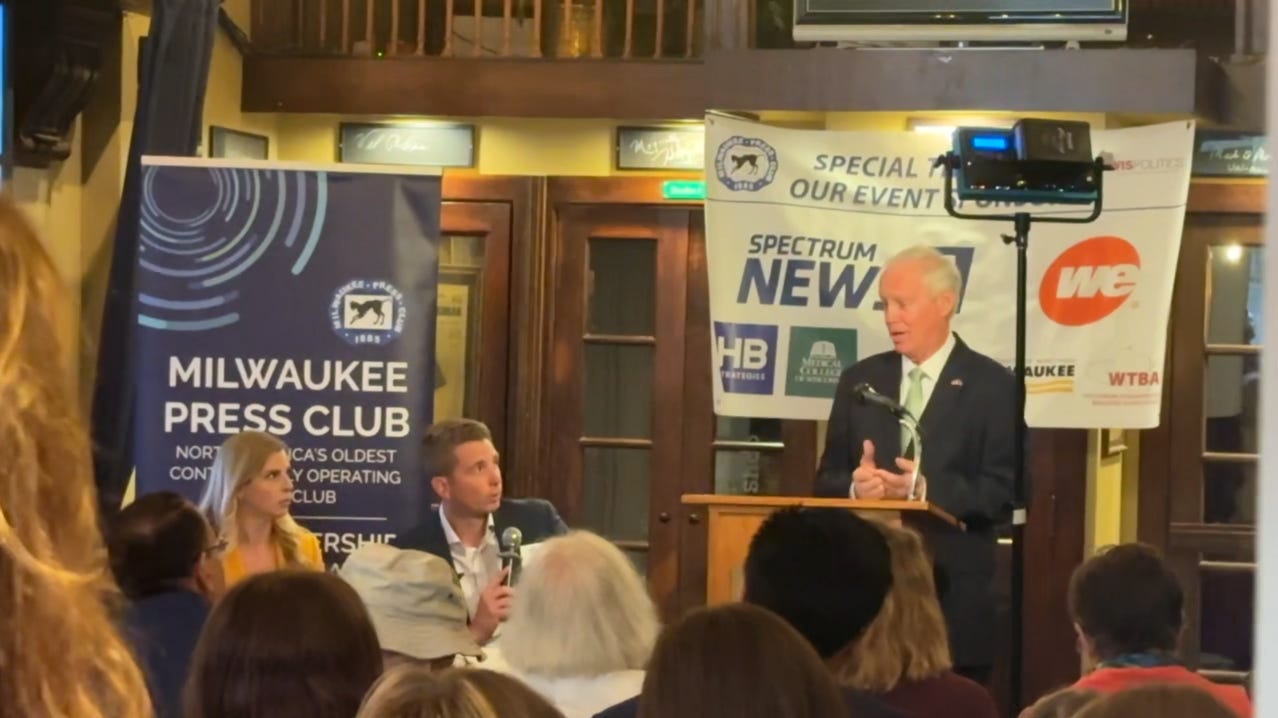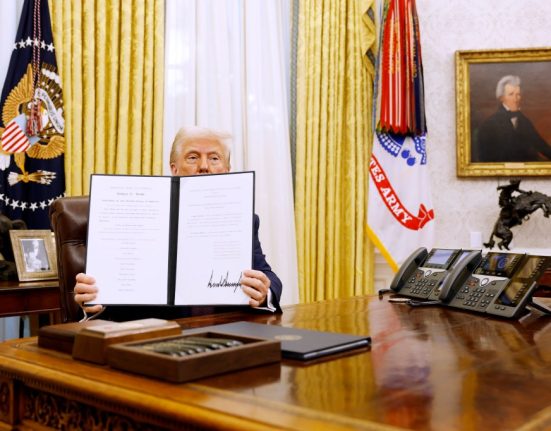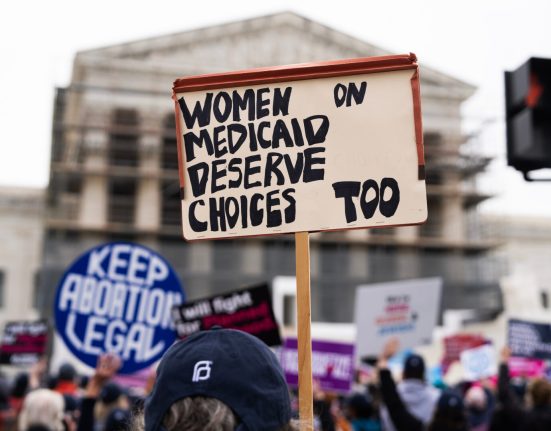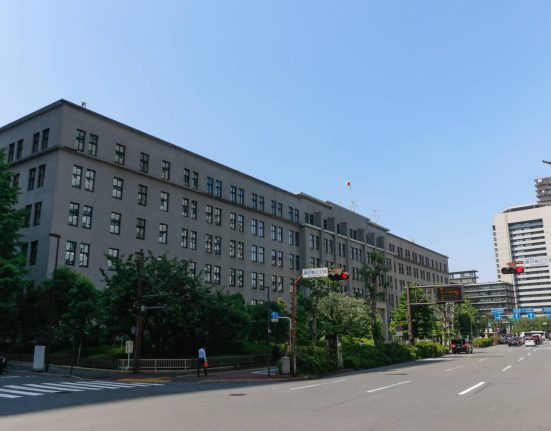
Sen. Ron Johnson comments on President Donald Trump’s tax policy bill
Senator Ron Johnson, R-Wisconsin, comments on President Donald Trump’s tax policy bill during a Milwaukee Press Club luncheon in Milwaukee.
The One Big Beautiful Bill Act, President Donald Trump’s tax and spending bill signed into law July 4, is bringing changes to the federal student loan system that will affect millions of borrowers.
You had questions about changes to students loans under the Trump administration, and we have answers.
Here’s what you need to know about how the bill will affect student loans:
Does the bill get rid of other income-driven repayment plans? Will I be kicked off my current plan?
The U.S. Department of Education recommends borrowers on the Joe Biden-era Saving on a Valuable Education plan switch into another plan as soon as possible to avoid ballooning interest. SAVE borrowers aren’t required to make payments until July 1, 2028 but they should move to a different plan anyway to avoid a growing balance.
A typical borrower’s student debt could grow by $219 a month in interest alone if they remain on the SAVE plan.
The department will likely move borrowers who don’t leave SAVE into the new Repayment Assistance Plan automatically by July 1, 2028 — or sooner. For now, SAVE borrowers should switch into an available repayment plan, such as the Income-Based Repayment plan.
Trump’s tax and spending bill will eventually phase out the SAVE plan, as well as the Income-Contingent Repayment and Pay As You Earn plans. The Income-Based Repayment Plan will still be available to provide loan forgiveness up to 25 years and the Repayment Assistance Plan will provide forgiveness after 30 years.
Is SAVE’s $0 monthly minimum payment still in effect until the plan expires in July 2028?
The $0 monthly minimum payment is still permissible, said Carole Trone, executive director of the Wisconsin Coalition on Student Debt. But, she said interest will grow for anyone who remains in SAVE and borrowers won’t be able to make progress toward student loan forgiveness.
Those who don’t switch into a new plan could be left in forbearance when the plans go into effect.
In short, the SAVE $0 monthly minimum is still in effect, but borrowers should prepare a new payment plan.
How do I consolidate my loans to become eligible for Repayment Assistance Plan?
To consolidate loans, borrowers must apply online or by mail and pick the repayment plan and loan servicer that works for them. Applications are free and take about six weeks to process.
Roughly two weeks before the new loan is dispersed, borrowers will receive a summary statement containing the total amount of the consolidated loan and additional information.
The Federal Student Aid website has a loan simulator tool that can help buyers evaluate what steps to take and what is best for their financial situation.
What’s happening with Public Service Loan Forgiveness?
Changes are coming to the Public Service Loan Forgiveness program that provides loan cancellations for civil service and nonprofit workers after 10 years of payments. More than 1 million Americans have had their loans canceled through the program.
Karen Bauer, senior counsel at Amundsen Davis Law, said those hoping to take advantage of PSLF should make sure to submit employment certifications every year, or any time they switch jobs. Those certifications are what cause the Education Department to count an individual payment as qualified toward the program, she said.
Borrowers can use a help tool to learn what actions they may need to take to become eligible for the program and generate forms. The PSLF Coalition also has resources available.
The Education Department is planning to strip benefits from organizations involved in “illegal activities” as determined by the U.S. education secretary. In a draft proposal from the department, definitions of illegal activity centered on immigration, terrorism and transgender issues.
This power could be used to wipe out entire state governments and hospital systems from the PSLF program, based on the department’s subjective authority.
How does Trump’s bill affect Parent PLUS loans?
There will be a $65,000 per-child cap on Parent PLUS loans, which are unsubsidized loans that parents can take out to support their undergraduate student children.
Anyone who takes on new Parent PLUS loans after July 1, 2026, will be eligible only for standard repayment.
Also, borrowers taking out or consolidating new Parent PLUS loans on or after July 1, 2026, could be cut off from loan forgiveness. They would be considered a new borrower and subsequently lose access to the Income-Based Repayment Plan.
Some students are borrowing more because rent and school are expensive. How will they be able to afford their loan payments now?
With potentially higher loan payments under the Repayment Assistance Plan and the elimination of Grad PLUS loans, some students may have to seek private loans. However, these loans aren’t eligible for forgiveness programs and offer fewer protections.
Some online lenders offer private loans without a cosigner or credit check, but it’s important to know the details of private loan agreements and be aware of the risks that come with them.
Students should look for scholarships and grants that don’t need to be repaid and seek out employment that offers tuition assistance or reimbursement.
What are some general tips for borrowers who are feeling confused right now?
The bottom line: Be cautious, Bauer said. It’s a ripe time to be scammed through phone calls or text messages from individuals offering to help borrowers enter into a different repayment plan in exchange for compensation.
The government will never call or text borrowers about student loans and digital help is free, she said.
Borrowers who are confused about the status of their loans should always contact their student loan servicer first, Bauer said. If they don’t know who that is, records can be retrieved from the Federal Student Aid website.
Contact Mia Thurow at mthurow@gannett.com.







